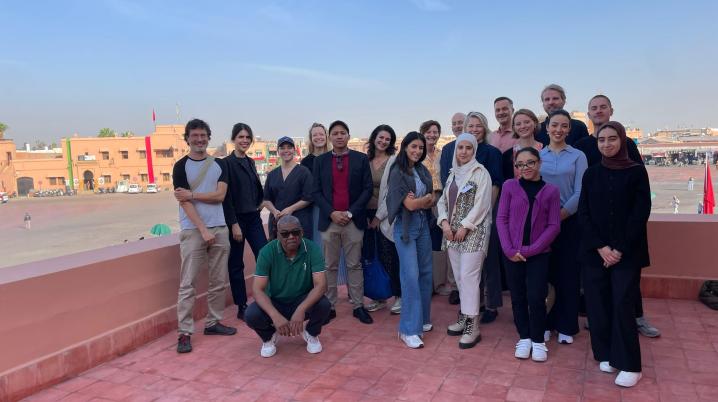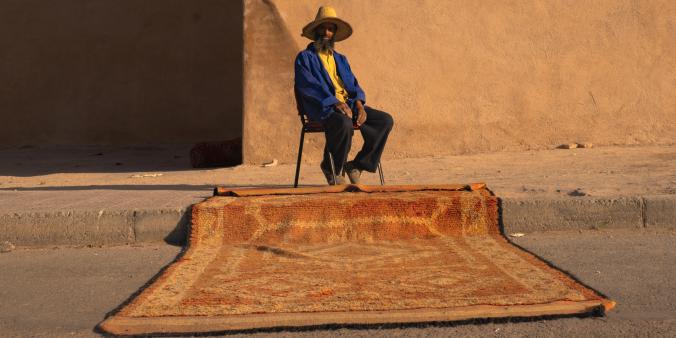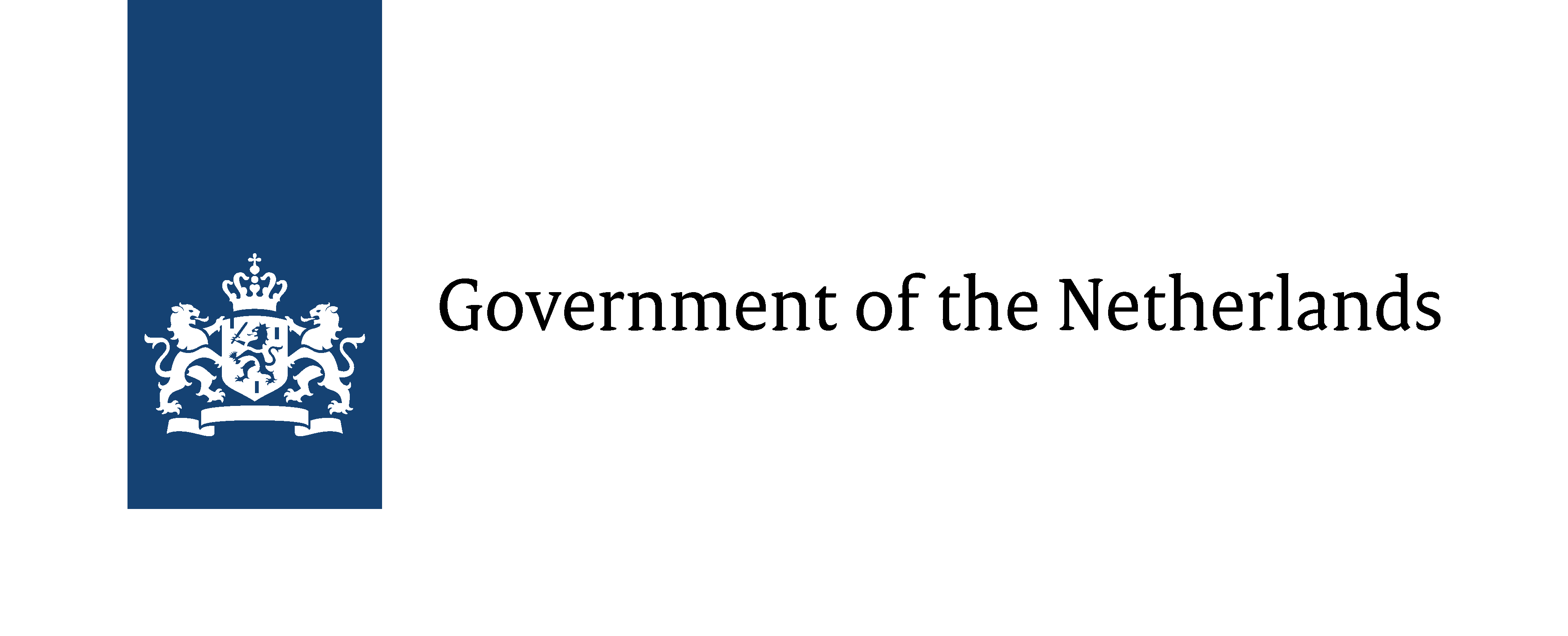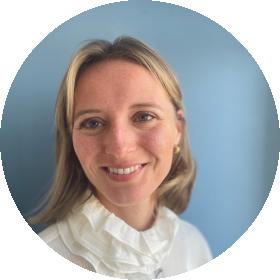
From 11 to 13 November 2024, the Moroccan-Dutch Knowledge Exchange Programme took place in Marrakesh. This initiative of DutchCulture and the Reinwardt Academy in collaboration with the Moroccan Fondation Nationale des Musées focused on the rich intangible cultural heritage of Morocco, in particular the living heritage of Jemaa el-Fna square in the heart of the medina in Marrakesh. During this programme, 14 Dutch cultural professionals and artists worked together with 10 Moroccan curators, museum professionals and artists on a plan for a new exhibition at the museum and future collaborations.
Living heritage
Calligraphy, embroidery, carpet weaving, and henna art are only a handful of the many intangible cultural heritage practices in Morocco that are very much alive. Although the country is known for its craftsmanship, many crafts and other intangible heritage practices are subject to change or have already disappeared.
In 2023, the Museum of Intangible Cultural Heritage Jemaa el-Fna opened in Marrakesh, situated in a former bank building on the square with the same name. The museum aims to document the personalities of the square, their customs, tools and know-how. In this way, the museum gives context to the cultural space of Jemaa el-Fna that has been listed as intangible cultural heritage of humanity by UNESCO in 2008.
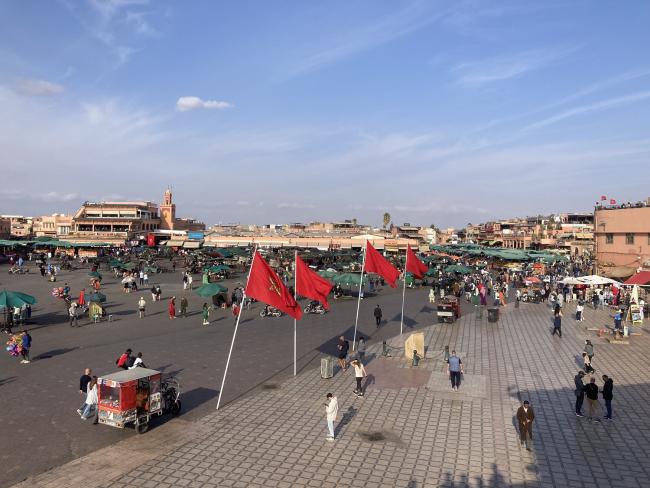
The square
Jemaa el-Fna square has existed since the beginning of Marrakesh, from the second half of the eleventh century. In the seventeenth century, a description of a halqa (circle of spectators surrounding performers and musicians) on the square appears in a text from Abu Al Hassan Al Yussi.
''Society is developing fast and there are worries about the intangible cultural heritage'', says Hanae Jerjou, curator of the Museum of Intangible Cultural Heritage Jemaa el-Fna. Among the current personalities of the square are musicians from all over Morocco, henna artists, book sellers and snake charmers. The Moroccan participants share memories about personalities that have disappeared over time: storytellers, traditional dentists and doctors as well as groups of acrobats. Naturally, Jemaa el-Fna changes over time: from day to day, month to month, year to year. It is a place of (ex)change, a crossroad of trails and paths of individuals, communities and cultures.
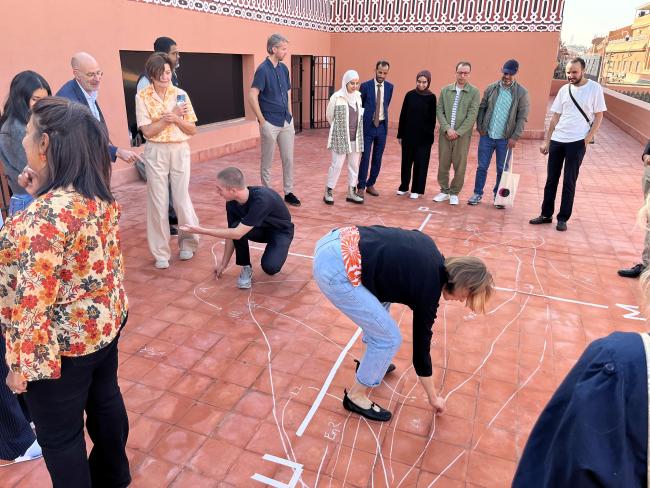
The challenge of exhibiting intangible cultural heritage
''How do we exhibit the intangible heritage without making it tangible? How can we make the intangible aspect more visible to the public?'' Hanae Jerjou asks the Dutch and Moroccan audience on the first day of the programme. ''It is still a challenge'', she admits. ''We try to integrate everything; even though it was meant to be solely intangible cultural heritage, we now include other (tangible) aspects of the square as well.''
Following various visits of Moroccan representatives and museum professionals to the Netherlands and of Dutch cultural professionals and government representatives to Morocco since 2020, this knowledge exchange programme focused on a practical outcome. How can the intangible heritage of the Jemaa el-Fna museum best be represented in the museum on the square, in particular in the temporary exhibition space? At the end of the three-day programme and after intensive reflections on intangible cultural heritage and interdisciplinary knowledge exchange, the participants presented a proposal to complement the square and the museum, with accessibility to the local population as the first priority.
After crossing the buzzing square to enter the Museum of Intangible Cultural Heritage Jemaa el-Fna, the interior feels quiet and calm. Big windowless walls keep the heat out, as well as the square's typical noise and smells. Texts in the museum are in the two official languages of the Kingdom of Morocco - Arabic and Amazigh - and French and English. In the permanent exhibition space about the history of the square, the Dutch participants recognize a replica of an etching from the Rijksmuseum collection depicting Marrakesh. Abdellatif Tahin, mediator of the museum, guides us around the varied museum presentation: from film posters with Marrakesh and Jemaa el-Fna on them to traditional costumes to paintings of the square by the famous painter Majorelle.
The museum of intangible cultural heritage Jemaa el-Fna is one of the 19 museums of the Fondation Nationale des Musées, Morocco's museum foundation, founded in 2011. Besides the Museum of Intangible Cultural Heritage Jemaa el-Fna, two of them are situated in Marrakesh, and their curators and staff members participate in the programme. One of the ambitions of the foundation is to democratize culture and to create a new vocation. Khalid Loukid, curator of the National Museum of Tapestry and Carpets Dar Si Saïd, explains that to create a new vocation at his museum, he and his colleagues have created a new collection of carpets to complement the original museum collection founded by the French during their colonial rule.
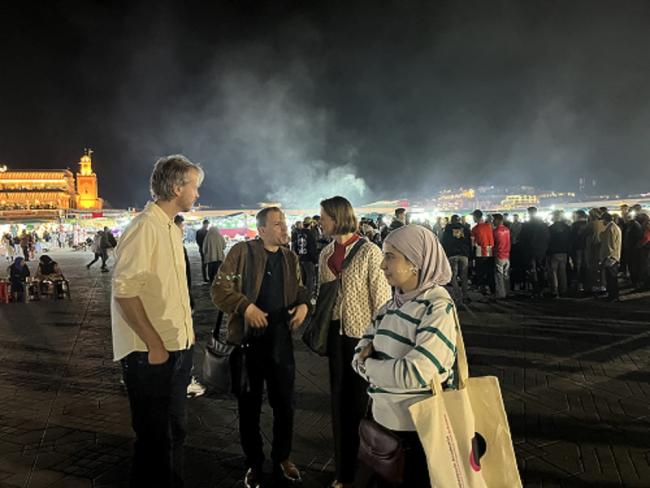
Jemaa el-Fna at night
The first day of the programme is filled with introductions, presentations, a visit to the Dar El Bacha Museum and lots of exchange about cultural practices in the two countries and its intangible cultural heritage. The day is concluded by by a visit to Jemaa el-Fna by night. In small groups consisting of Dutch and Moroccan participants, we discover the square that has a totally different set up than it has by daytime. On one side, food stalls sell cooked snails and grilled meat. One part of the square is occupied by women skilled in henna art. The main part of the square gives space to the famous halqas. Before playing, the performers interact with the audience and try to collect the amount of pocket money they consider sufficient to start their act. Our experience of the square at night is enriched by the interpretation and translation of the Moroccan participants.
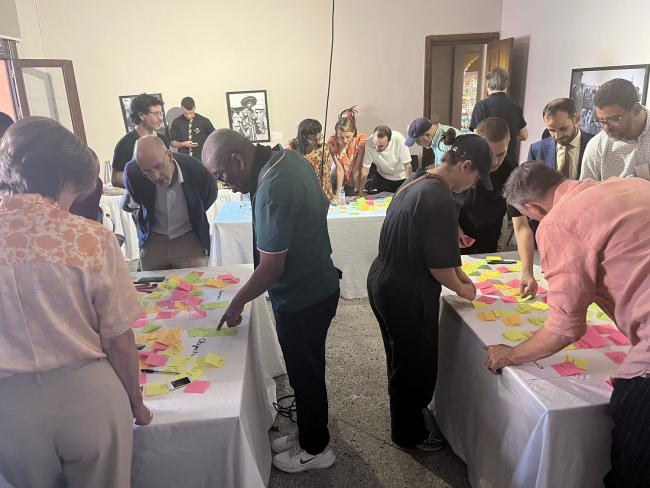
Towards future collaboration
Over the second and third day of the programme, trainers Martin Andrade Perez, Mark Schep and Ikram Zahri from the Reinwardt Academy and Leonie Wingen from the Cultural Heritage Agency of the Netherlands work with small groups of participants towards future collaborations and plans for the museum's exhibition space. We brainstorm, use dozens of post-its, draw lines with chalk on the rooftop of the museum for the 'emotion networking' practice and have endless conversations. The final plans are presented in the presentations on the last day, in the presence of a representative of the Dutch embassy in Morocco. From a digital map in the museum with a timeline of the changing square and performers over time, making use of technologies and expertise from the Netherlands, to a storytelling festival in Morocco and the Netherlands showcasing the intangible heritage practice of Jemaa el-Fna. Another possibility for future collaboration could be a travelling photographic exhibition and the past and the present of the square, or a live connection between a square in the Netherlands and Jemaa el-Fna in Marrakesh.
Engaging communities, school children, students and (local) artists is central is all the ideas. In the past, independent art spaces in Marrakesh like Le 18 and Dar Bellarj have set up successful projects with the communities of Jemaa el-Fna and the city of Marrakesh and collected personal stories. A lot of knowledge already exists, that could be shown in the Museum for Intangible Cultural Heritage Jemaa el-Fna: for example, students have researched the square and written theses about its meaning and changes over time, making use of oral history to collect stories and memories.
The three days of the Dutch-Moroccan Knowledge Exchange Programme have enriched all the participants. Jemaa el-Fna is incredibly rich in intangible cultural heritage that is fast-changing. There is a need for inventorising, documenting and presenting stories of the square and of its persons, before they will be lost. At the same time, the intangible cultural heritage can best be understood by experiencing it oneself, but knowing the history of the square, the traditions and the crafts definitely contributes to understanding and valuing the square and its personalities and people.
Cultural collaboration with Morocco
Are you interested in cultural collaboration with Morocco or intangible heritage? Visit our Moroccan country page, or contact one of our advisors.

